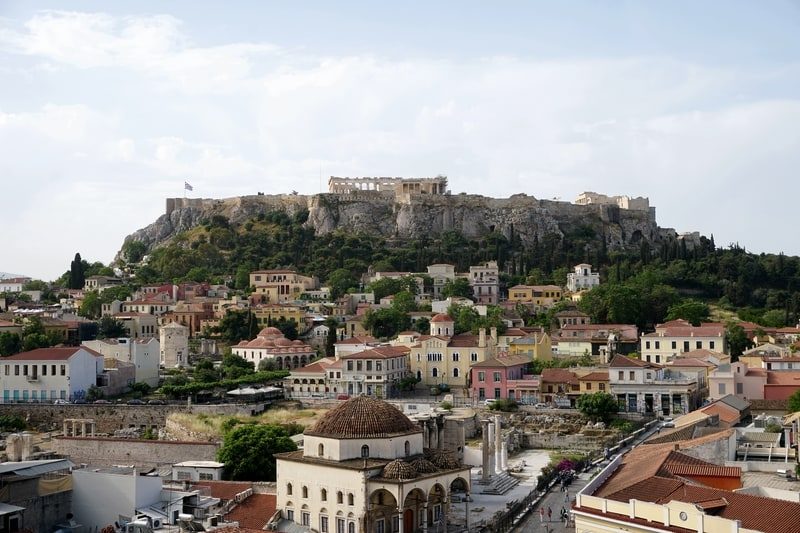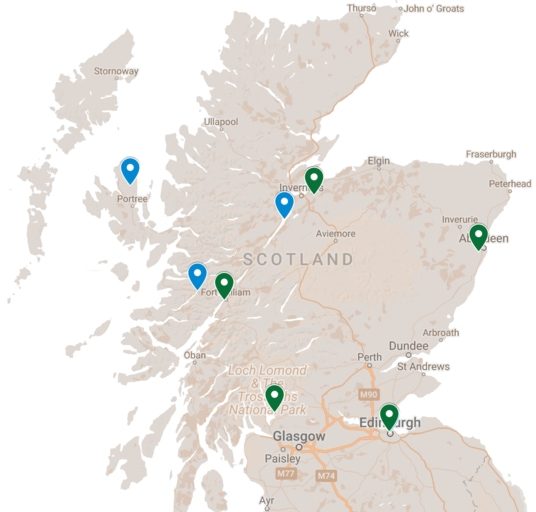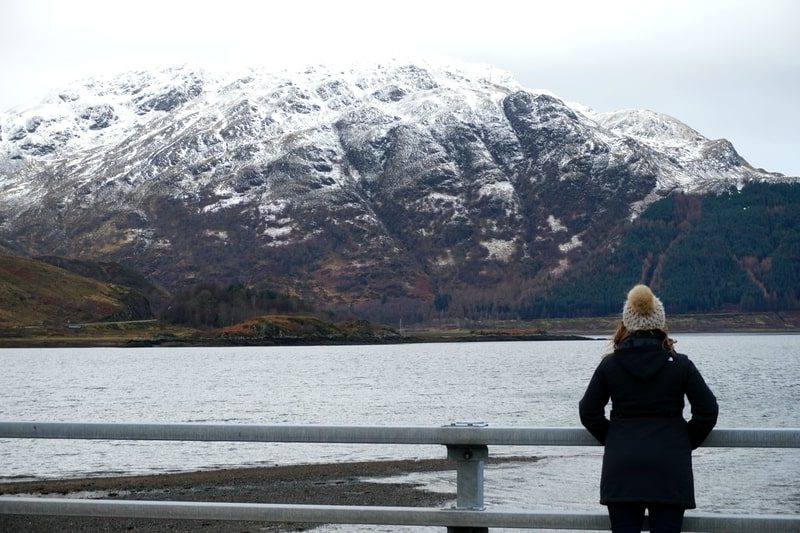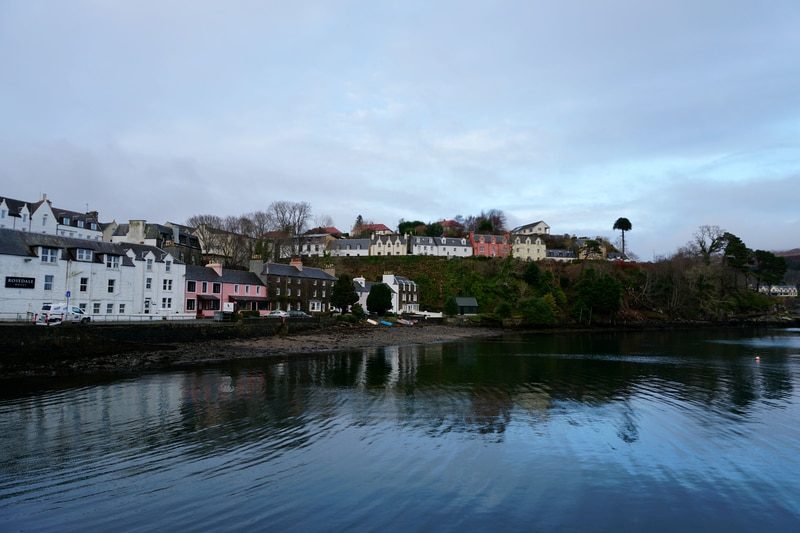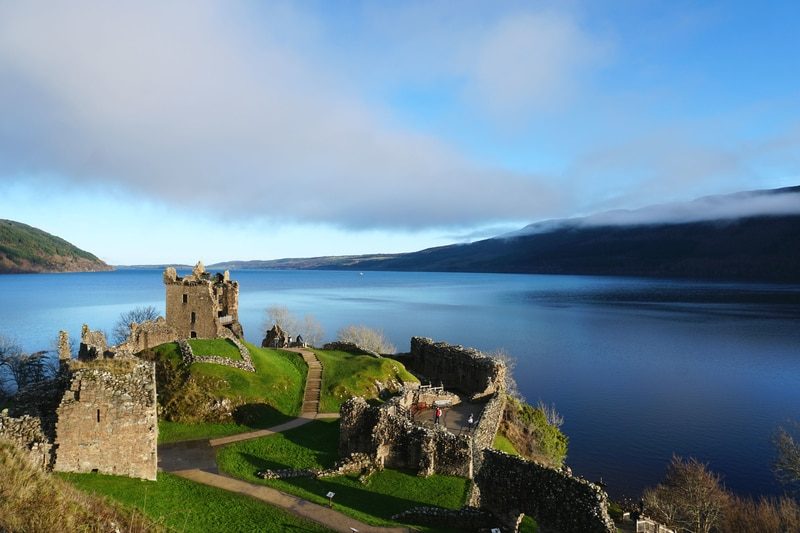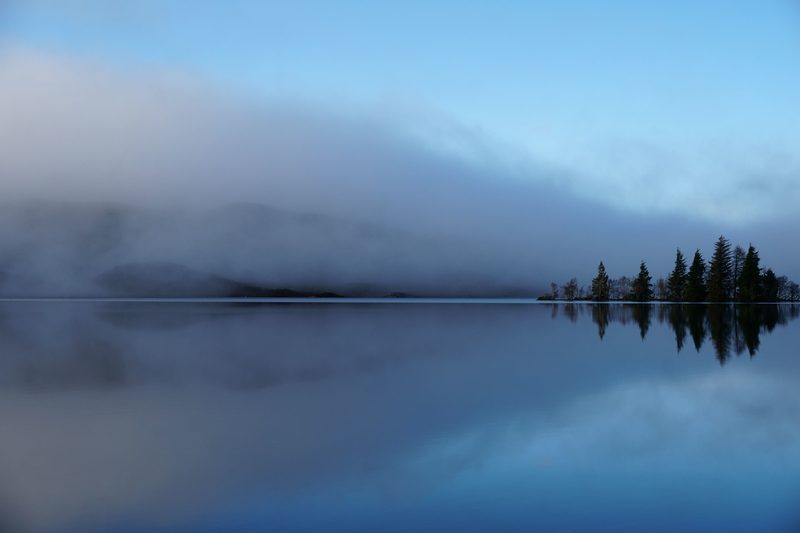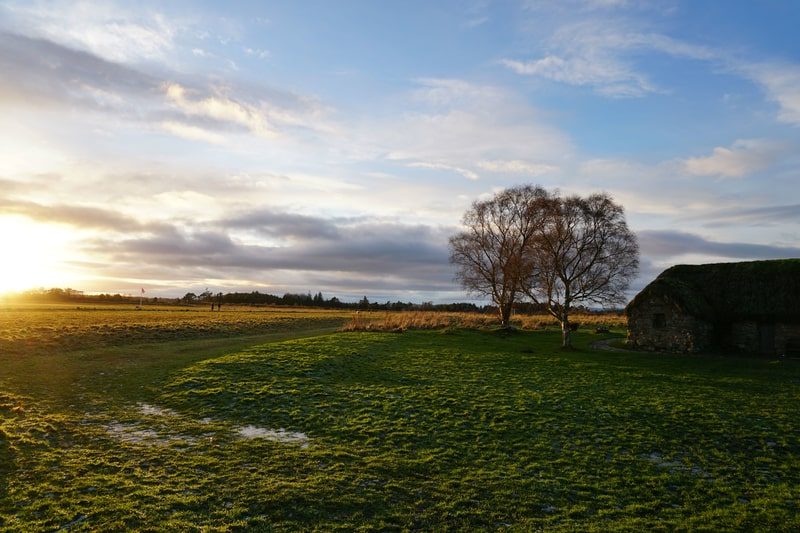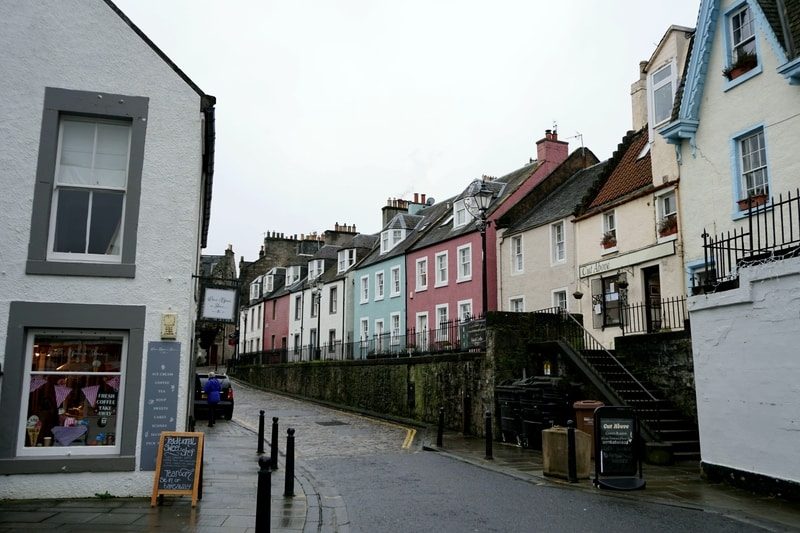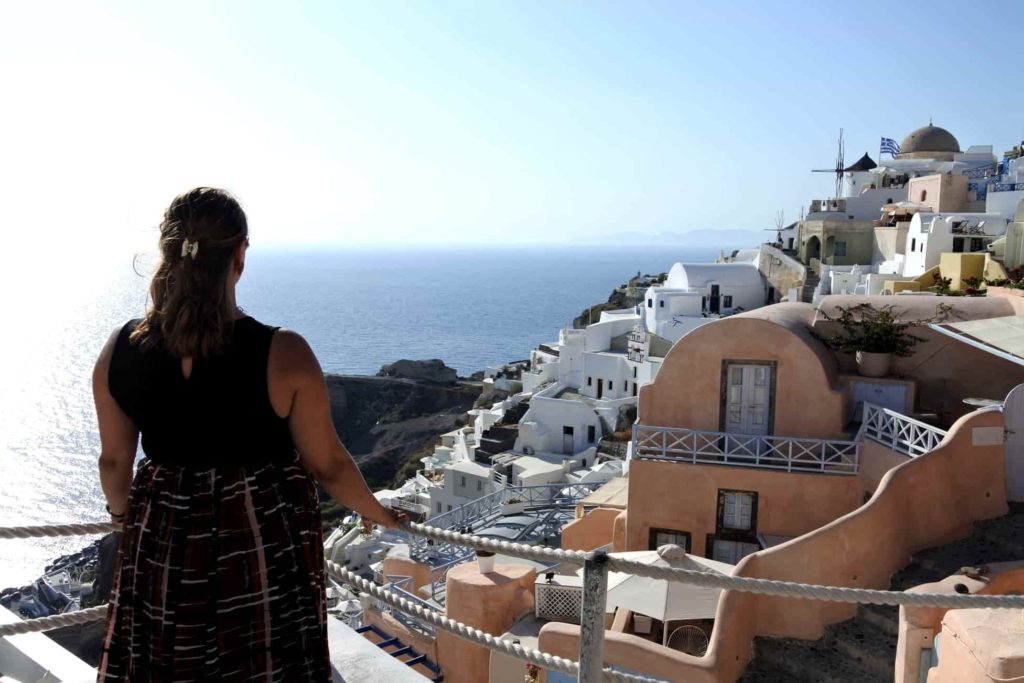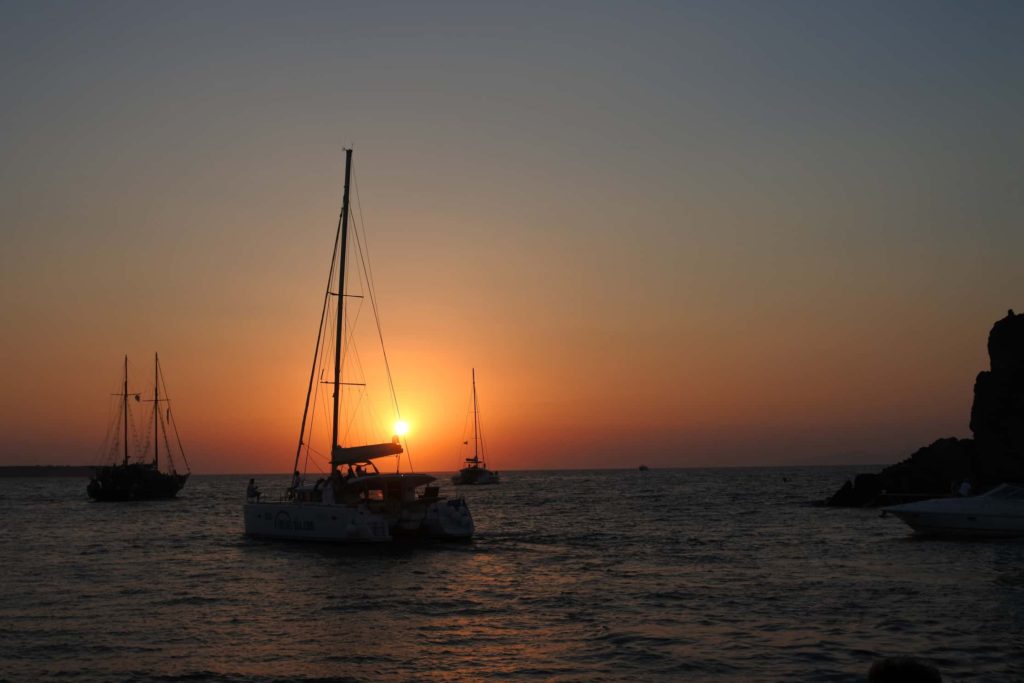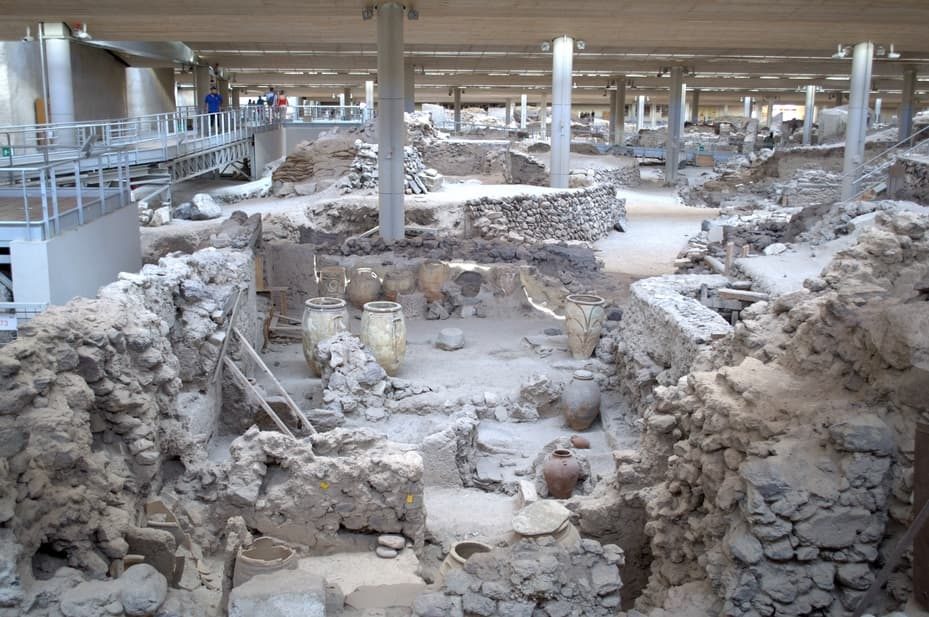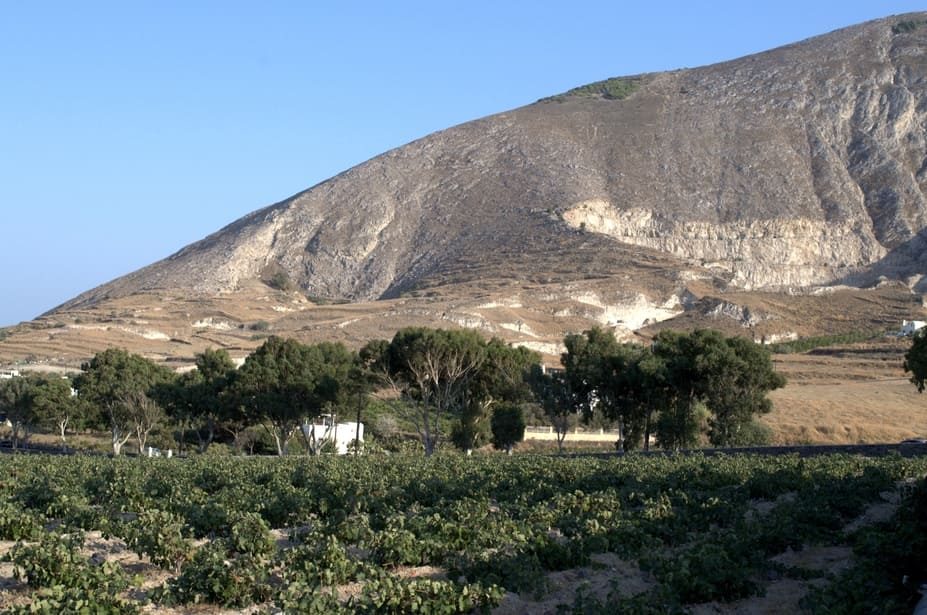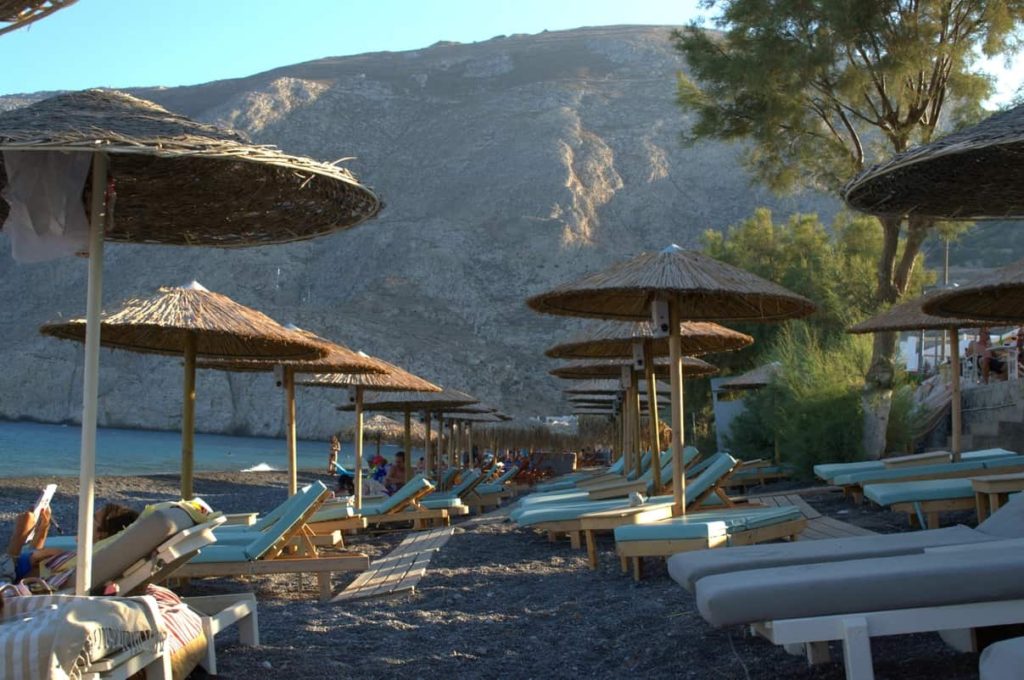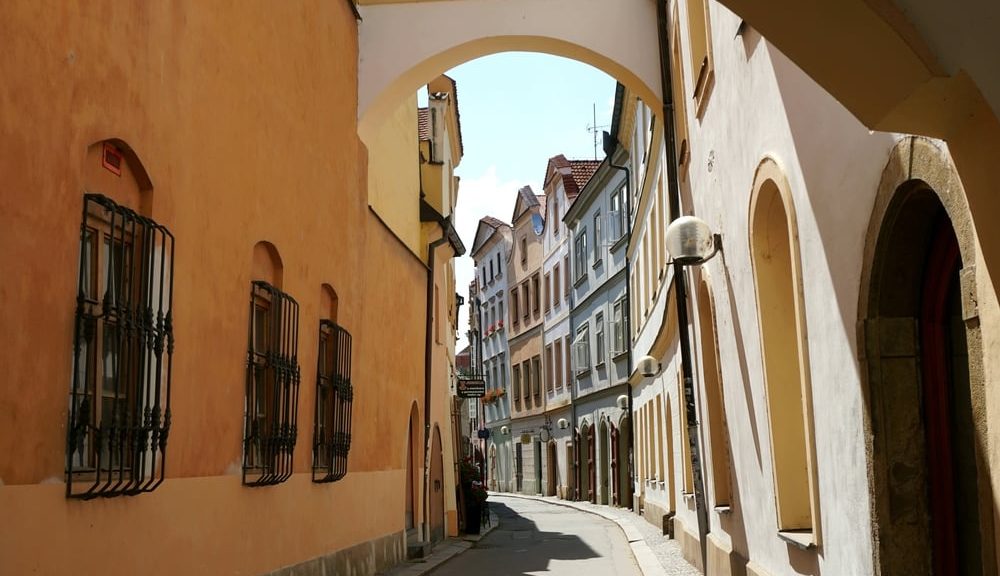
Exploring the Czech Republic: the Pardubice Region
Last year, more than 10 million tourists came to the Czech Republic- a number which is roughly equivalent to the entire population of the Czech Republic. Of those 10 million tourists, approximately 70% of them came to the capital city, Prague. While Prague is an absolutely beautiful city full of incredible history, architecture, food, and culture, there are 12 other regions of the country left to be explored, and each offers something incredible for visitors. Pardubice is one of those regions, and its proximity to Prague makes the Pardubice Region an excellent location to explore more of what the Czech Republic has to offer.

Exploring the Pardubice Region
Pardubice
A trip to the Pardubice Region would logically begin in its capital city, Pardubice. This city dates to the 13th century when it was founded by Arnošt of Pardubice, the first Archbishop of Prague during the reign King Charles IV. Today, the city reflects its medieval history, with a nod to its rise in the 20th century as a central connection point between the country’s major cities: Prague, Brno, and Ostrava.
The first thing that you’ll notice about the city of Pardubice is its stunningly bright and colorful architecture. A stroll through the town’s main square will demonstrate just how beautiful the town’s architecture is. It’s no surprise that the phrase “Shine like Pardubice” was a popular phrase for local Bohemians beginning in the 16th century.
Pardubice Chateau
The city’s development can largely be contributed to the Pernštejn family, and the name Pernštejn can be found in every nook and cranny throughout the region. Most famously, the Pardubice Chateau was reconstructed by the Pernštejn family in the late 15th century into the castle and chateau we see today. The Pardubice Chateau now houses the Museum of East Bohemia.
Kunětická Hora Castle
The Czech Republic is really the ideal country for castle-lovers, and the Pardubice region is no exception. Just outside of the city of Pardubice is the Kunětická Hora Castle, a 14th century castle. The castle sits on one of the only hills in that part of the region, so it’s a truly idyllic spot amongst the farmland. The castle is accessible from Pardubice by public bus, or by taxi which would be reasonably low cost due to a regulation on fares within the city limits that would cap a portion of the fare to the castle.

The Kunětická Hora Castle is now a museum with permanent and temporary exhibitions showcasing the castle’s history, including archeological discoveries. The castle is open from April-October each year, and the visit to the castle is self-guided.
Pardubicky Pivovar (Pardubice Brewery)
A visit to any region in Bohemia would be incomplete without a visit to a local brewery. Pilsner Urquell is amongst the most famous in the Czech Republic, but each region (sometimes each city!) will have its own local brew- often even better than the mass-produced varieties like Pilsner. In Pardubice, this brewery is called the Pardubicky Pivovar (Pardubice Brewery in English), and produces a wide variety of beers whose namesakes nod to the more famous developers of the city and region.
The Pernštejn beer comes in several varieties (light, semi-dark, Vilém 11, Premium, and Granát 13). If you’re at a pub in Pardubice, the light variety is likely to be on tap, and it’s delicious. The pride and joy of the Pardubicky Pivovar, however, is the Porter, which has been brewed with the exact same recipe for over 120 years. This is a dark beer with a thick, creamy foam, and has some sweet notes to it. Even if you typically don’t like dark beer, you’ll probably like this one- it’s very drinkable!
If you’re interested in touring the Pardubicky Pivovar, be sure to call at least 10 days in advance to schedule your tour. Tours are available in Czech, English, Russian, and Swedish. The tour allows you to taste unfiltered and unpasteurized beer straight from the tank, and allows you to visit the brewery’s special microbrewery called Arnošt after the city’s founder.
The National Stud in Kladruby nad Labem
Usually a national stud farm wouldn’t be on a “top places to see in…” list, but the Czech National Stud is truly unique in both its history and architecture. Even non-equestrians will love a stroll through the National Stud to learn of its role in Czech history, its development, and its modern achievements.
The National Stud in Kladruby nad Labem is one of the oldest stud farms in the world, and is home to the Kladruber horse breed. These horses are used primarily for ceremonial purposes and carriages, and are similar in build, nature, and color to the Lipizzaner horses of the Spanish Riding School in Vienna. The horses are all either white or black, with some of the foals born black and turning to pure white in adulthood. The Danish king apparently still purchases all of his ceremonial horses from this stud farm, and the Duke and Duchess of Cambridge currently have a foal in training there!
The land at Kladruby nad Labem was held by the aforementioned Pernštejn family, and was used as a deer and horse park in the late 15th and early 16th centuries. In 1560, the property was acquired by the Austro-Hungarian monarchs, and the stud farm was established in 1563. It was eventually made the official Imperial Court Stud Farm, and was held by the monarchy until its collapse in 1918. After the end of the first World War, the stud farm continued to breed these specialized horses for ceremonial purposes in the new Republic. After the end of the second World War, the stud farm continued to be held in the state’s possession, where it remains today.
The National Stud in Kladruby nad Labem is only about 30 minutes from Pardubice. The easiest way to get there is by private car, but you can also catch a train to Recany nad Labem, and a taxi (3.6 km) from there to the stable.
The stud farm is open from April-October for regular tours, and by appointment outside of this peak season. You have the option of visiting the stables, castle, carriage house/museum, forester’s house, and the lookout tower, or all of the above! If you purchase tickets for the stables, carriage house, and castle, you’ll also be able to visit the forester’s house and lookout tower for no extra charge on the same day.
Tours are provided in Czech, English, and German; if you’d like a tour in English or German, you should plan to book in advance (5 person minimum required). Alternatively, you can join a Czech tour with audio guides or printed text to facilitate your tour if you have less than 5 people with you. Tours leave every hour between 10 am and 4 pm, and if you’re planning to visit all locations, you should begin with a tour at 1 pm in order to see everything before the end of the day!
Pardubice Racecourse
If you’re not all done with horses after a visit to the National Stud, Pardubice boasts another famous horse-related activity.
The Pardubice Racecourse is just outside of the city next to the Pardubice airport, and hosts one of the most difficult steeplechase events in Europe, Velká Pardubická. This event has run for more than 140 years with only brief periods of interruption during the country’s most trying historical times. The race includes a total of 31 obstacles, and is 6900 meters (4.29 miles). One of these obstacles, the Taxis Ditch, is one of the most difficult in the world, and is the reason why some rider/horse teams do not finish the race.
The racing season begins in May, and concludes with the Velká Pardubická in mid-October each year. The Velká Pardubická brings out over 20,000 spectators at the stadium, with more than 3,000,000 watching on television.
Seč
Set in the Iron Mountains, a beautiful mountain region in central Czech Republic that borders the Pardubice and Vysočina Regions, Seč is a great point to begin your exploration of this landscape.
Seč Dam and the Oheb Castle
The Seč Dam is an artificial reservoir located in the northern tip of the Iron Mountains. In the summer, it offers excellent swimming, boating, and other outdoor activities in its beautiful waters. If you’re into outdoor activities, there are also plenty of campgrounds on the Dam that makes it an excellent get-away in Eastern Bohemia. Be forewarned that swimming in Seč Dam should be done early in the summer, as the dry weather in the region can make the water eventually un-swimmable in late August.
High above the Seč Dam sits a 14th century castle that’s camouflaged almost perfectly from the water. The Oheb Castle is a gothic castle that overlooks the Dam, and is part of a fantastic hike through the Iron Mountains. From personal experience, I can recommend these medieval ruins as an excellent backdrop for a Pardubice sunset.
Veselý Kopec
One of my favorite sites of the Pardubice Region is Veselý Kopec, an open-air museum of folk architecture southeast of Seč. Unfortunately, this is only realistically accessible by private car, but it’s well worth the rental.

The museum at Veselý Kopec is a small village that showcases traditional Bohemian-Moravian Highland cottages which were used even until the 1950’s. Four of the houses in the village are original to that specific location, and the rest were moved from elsewhere in the country to the museum to showcase the full breadth of this architecture. More importantly, this village does an exemplary job of demonstrating the way of life of the inhabitants of these cottages. It’s amazing to walk through all of the structures, seeing authentic furnishings and decorations, and imagining how life was lived by the average villager in the Czech Republic for more than 100 years.
Veselý Kopec is open from late-April until the end of October each year, except for a few special events during the winter.
Spa and Wellness in the Forest
If you’re so inclined to take a break during your exploration of the Pardubice Region, you may consider stopping off at a local spa. Czechs are very invested in the idea of wellness for vacation- your doctor can actually prescribe you a visit to a spa in this country! This may be one of my favorite things about Czech culture, as I tend to indulge in spa visits when on vacation myself. In Pardubice, I visited the spa at Hotel Jezerka, a hotel located in the middle of the forest not far from the Seč Dam.
The hotel itself caters largely to conferences throughout the year, and families in the public areas in the summer, but the spa and wellness areas are adult-only. The spa at Hotel Jezerka is the most comprehensive I’ve ever seen. There is 800 square meters of spa space, with 11 different saunas/steam rooms/etc., plus several pools and whirlpools of various temperatures. As is typical in this country, the spa is bathing suit-free, but you can rent a spa robe if you don’t bring one yourself- just be prepared for this cultural experience!

The spa has an entrance fee of 290 CZK which you can pay at the spa reception desk, and is well worth the 90-minute visit. The spa also has 4 massage rooms, and offers a variety of treatments.
Litomyšl
In my opinion, Litomyšl is one of the most underrated cities in the Czech Republic. The birthplace of the Czech composer Smetana, this town has the air of inspiration with just a quick peak at its architecture.
Litomyšl Castle
Your likely starting point in Litomyšl will be the castle hill, which is a UNESCO world heritage site. The Litomyšl castle which dominates this hill is one of the only castles north of the Alps that has a 3-sided open portico in the Italian Renaissance style. The envelope etchings on the sides of the castle are all completely unique, and lavishly decorate all exteriors of the castle. The castle itself boasts rooms decorated to perfection, as well as an 18th century Baroque theatre preserved with all of its original scenery and equipment.

The castle is open from April-October each year, with two different tour options. Tours in English are available with a group reservation of 15 people or more; otherwise, English speakers can join the Czech tour with printed information.
Interested in staying at the Litomyšl Castle? Check out these apartments within the Castle complex!
Piarist Church of the Discovery of the Holy Cross
Just outside the gates of the Litomyšl Castle towers the Piarist Church of the Discovery of the Holy Cross, which is also on the UNESCO world heritage list. This church was abandoned after 1968, and was reconstructed with some modern touches between 2011-2015. Now, this church is a central site of Litomyšl, opening its doors for worship as well as public cultural events as it was historically used.

This is an incredibly unique church in the Czech Republic, as it maintains many of its historic features with modern instillations that recognize and remember its struggle to survive the late 20th century. Entrance to the church is free, but it’s well worth purchasing a ticket to climb into the bell tower for stunning views over the town of Litomyšl, as well as to admire the unique details of the church from above.
Birthplace of Smetana
It’s no wonder that a town such as Litomyšl is home to such an incredible composer; anyone would be inspired after spending a few hours in the town. Bedřich Smetana was born within the castle complex because his father was the brewmaster. The Birthplace of Smetana is located just opposite the entrance to Litomyšl Castle. The museum is within the rooms of the former residence, and demonstrate how Smetana would have lived, as well as provide information about his life and work. It’s well worth a visit, especially if you’ll already be visiting the Castle.
The museum is open from April-October.
Nové Hrady
Just about 15 minutes from Litomyšl is yet another stunning Czech chateau. This chateau, Nové Hrady, is an amazing and rare example of Rococo architecture. This castle is still inhabited by private owners, but a visit to the castle allows you to stroll through the castle gardens, which are vast. This is the ideal place for a trip outside of Litomyšl to enjoy the grounds of the castle and the stunning architecture for a couple of hours.

The Pardubice Region in the Czech Republic is absolutely idyllic. With its capital city only a 1 hour train ride away from Prague, the Pardubice Region is the perfect spot for a day or weekend away from the city. Prague is certainly an important city in the Czech Republic, not to mention beautiful, but it’s also not totally representative of the rest of the Czech Republic, its history, its architecture, or its culture.

Thank you to Czech Tourism for inviting me on my trip to the Pardubice Region. As always, all opinions are my own.
Interested in visiting the Pardubice Region, but don’t know where to start? Book a travel consultation with me, and I’ll help you plan your trip from beginning to end!
Please note that some links in this post are affiliate links. This means that if you book using the link on my website, I’ll be paid a percentage of your booking fee at absolutely no extra cost to you. Thank you for supporting my blog by using these links! As always, all opinions are my own, and all recommendations are based on my own personal experience.
Like this post? Remember to follow on YouTube, Facebook, Instagram, and Twitter to see all of my latest content!










